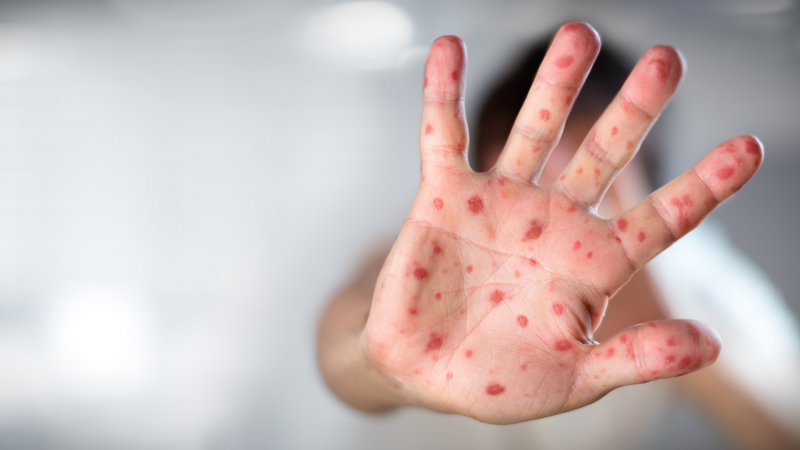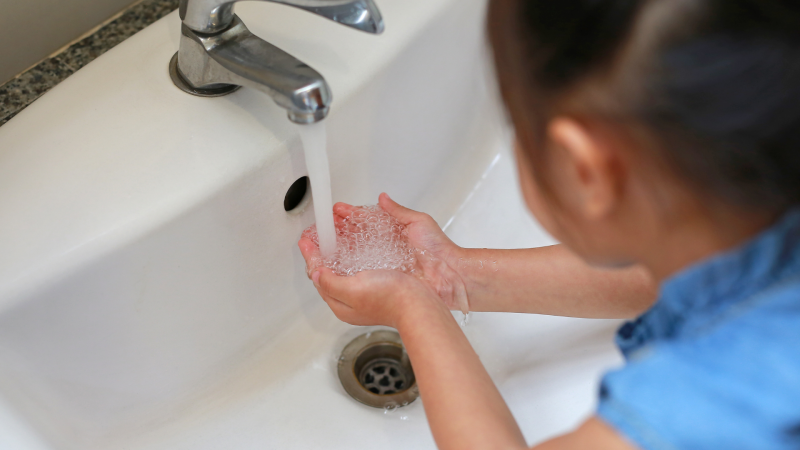Hand, Foot and Mouth Disease (HFMD) is a viral infection common among children. While the virus is present throughout the year, seasonal outbreaks are a frequent occurrence in childcares, schools, and kindergartens. Like other viral infections, HFMD is extremely contagious and can be spread through contact with the blisters on the infected child’s skin, bodily fluids and through the air via sneezes or coughs.
What are the symptoms of Hand, Foot and Mouth Disease (HFMD)?
Unlike chickenpox, the rashes and blisters caused by HFMD do not form all over the body.
Instead, they usually cluster and isolate themselves to the following locations on your child’s body:
- Hands and palms
- Soles of the feet
- Inside the mouth
- On the tongue and back of the throat
Additionally, your child may experience symptoms including a fever, loss of appetite and vomiting or diarrhoea.
Also, a common occurrence in children suffering from HFMD is the onset of dehydration. This could be due to a loss in appetite for food and water, caused by the painful ulcers taking over your child’s body. Repeated vomiting and diarrhoea can also lead to dehydration.

Can HFMD be treated? How do I help my child?
While there is no specific treatment for HFMD, the symptoms mentioned above should gradually subside over a period of 7 to 10 days. Here are a few things you can do to help ease their pain:
- Applying topical oral anesthetics on your child’s mouth sores
- Administering acetaminophen, Ibuprofen and paracetamol syrup to your child to help with fevers and headaches
- Applying topical ointments and calamine lotion to the blisters and rashes for soothing relief
Should you observe persistent or even worsening symptoms, teleconsult a doctor on the WhiteCoat app with your child. The attending doctor will be able to provide them with the care and medication medication they need from the comfort of home.
Is there a way to prevent HFMD?

Unlike chickenpox, there is currently no vaccine which can prevent HFMD. However, parents can instill good hygiene habits into their children to help reduce the risk of contracting and spreading the virus. These practices include:
- Establishing a proper hand washing routine: Watch YouTube instructional videos on how to wash your hands properly with your children. Also, drill into your children the importance of using hand wipes or sanitisers.
- Instilling proper hygiene practices: Educate your child on the importance of proper hygiene. Explain why common habits, such as rubbing their eyes or putting their fingers in their mouths, can pose actual health risks.
Should you observe persistent or even worsening symptoms, teleconsult a Paediatrician on the WhiteCoat app with your child for eczema / rashes. Experience the convenience of remote care for your child, and receive the required care and medication from the comfort of your own home. Click here to find out more about our Paediatrics service, or click here to go back to the blog.


